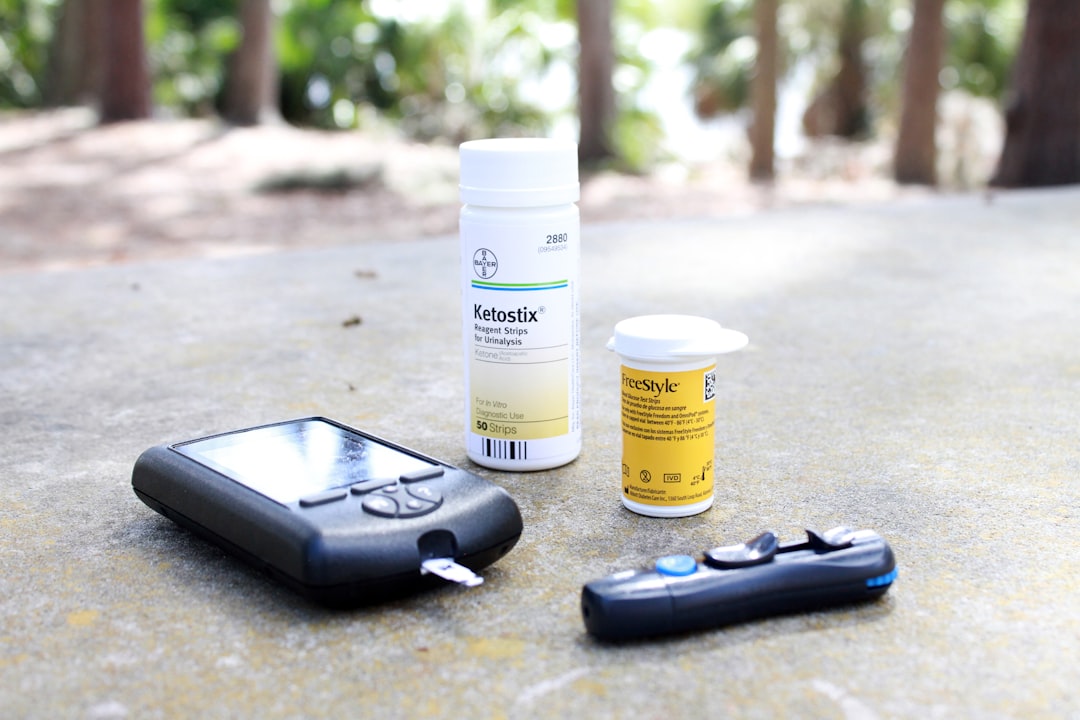What is it about?
This study addresses the gap of knowledge between assumed time horizons across CEAs, and the relationship between the time horizons and estimated costs, benefits, and cost-effectiveness. Among 782 articles identified from a systematic review using the Tufts Medical Center CEA Registry, 71% were found to use a long-term horizon (>5 years), 25% used a short-term horizon (≤5 years), and 4% used multiple, indicating that both a short-term and long-term horizon were used. Among studies that used multiple time horizons, the extension of the time horizon yielded more favorable incremental cost-effectiveness ratios (ICERs) in 19 cases and less favorable ICERs in 4 cases. In addition to a literature review, three case studies were also developed with selected interventions to examine the relationship between time horizon and projected costs, benefits, and ICERs. These case studies showed the use of a longer time horizon also yielded more favorable ICERs.
Featured Image
Why is it important?
This study demonstrated that the assumed time horizon in CEAs can considerably influence the value assessment of medical interventions. To capture all consequences, we encourage the use of time horizons that extends appropriately into the future.
Read the Original
This page is a summary of: The influence of time horizon on results of cost-effectiveness analyses, Expert Review of Pharmacoeconomics & Outcomes Research, May 2017, Taylor & Francis,
DOI: 10.1080/14737167.2017.1331432.
You can read the full text:
Contributors
The following have contributed to this page










